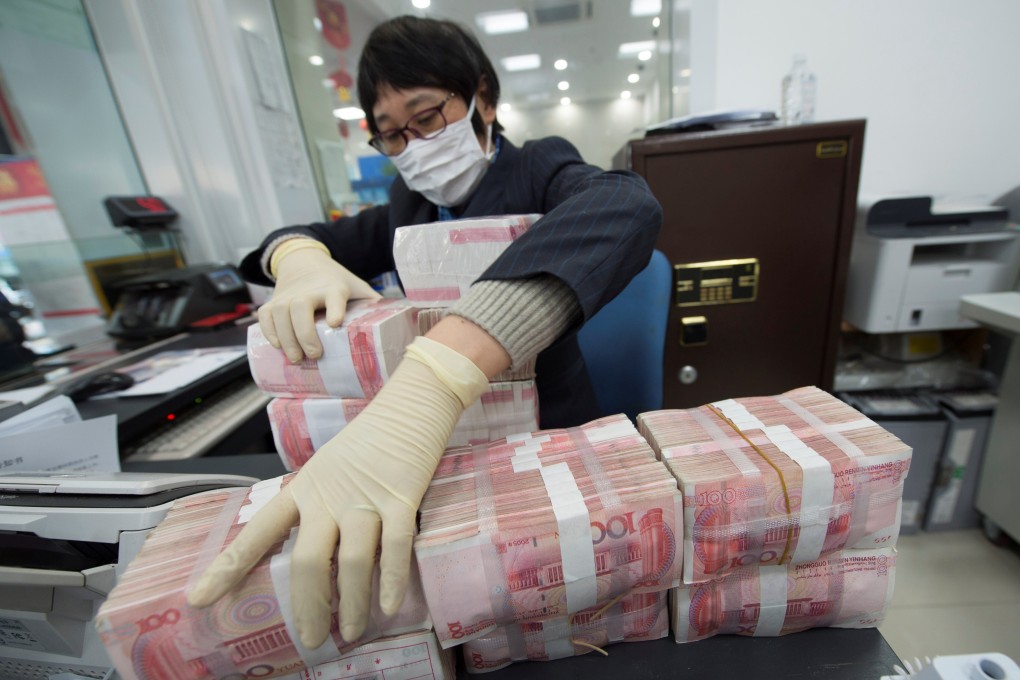China’s new bank loans fell in May, but broader credit growth quickened amid policy easing
- Banks extended 1.48 trillion yuan (US$209 billion) in new yuan loans in May, down from 1.70 trillion yuan in April
- Premier Li Keqiang told the National People’s Congress last month that monetary policy would be more flexible, and growth of M2 and total social financing would be significantly higher this year.

New bank lending in China fell more than expected in May from the previous month, but broader credit growth quickened as the central bank continues to ease policy to get the economy back on solid footing after the shock from the coronavirus crisis.
Analysts polled by Reuters had predicted new yuan loans would fall to 1.50 trillion yuan in May, although new loans were higher than 1.18 trillion yuan in the same month last year.
Household loans, mostly mortgages, rose to 704.3 billion yuan in May from 666.9 billion yuan in April, while corporate loans fell to 845.9 billion yuan from 956.3 billion yuan.
We think credit growth will continue to accelerate in the months ahead given loose monetary conditions, political pressure on banks to lend more and plans for a further ramp up in government borrowing
Broad M2 money supply in May grew 11.1 per cent from a year earlier, below estimates of 11.3 per cent forecast in the Reuters poll. It rose 11.1 per cent in April.
Outstanding yuan loans grew 13.2 per cent from a year earlier compared with 13.1 per cent growth in April. Analysts had expected 13.2 per cent.